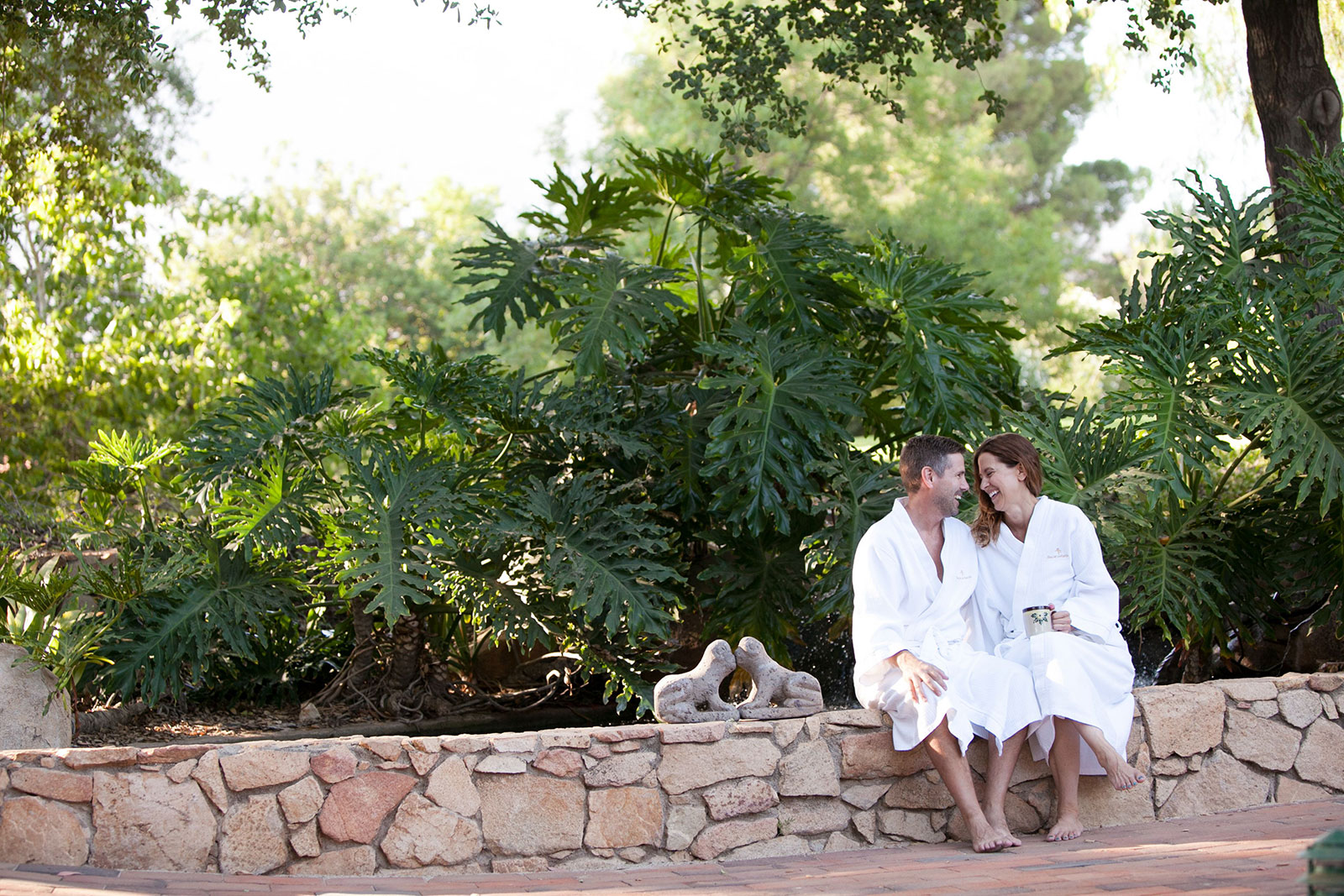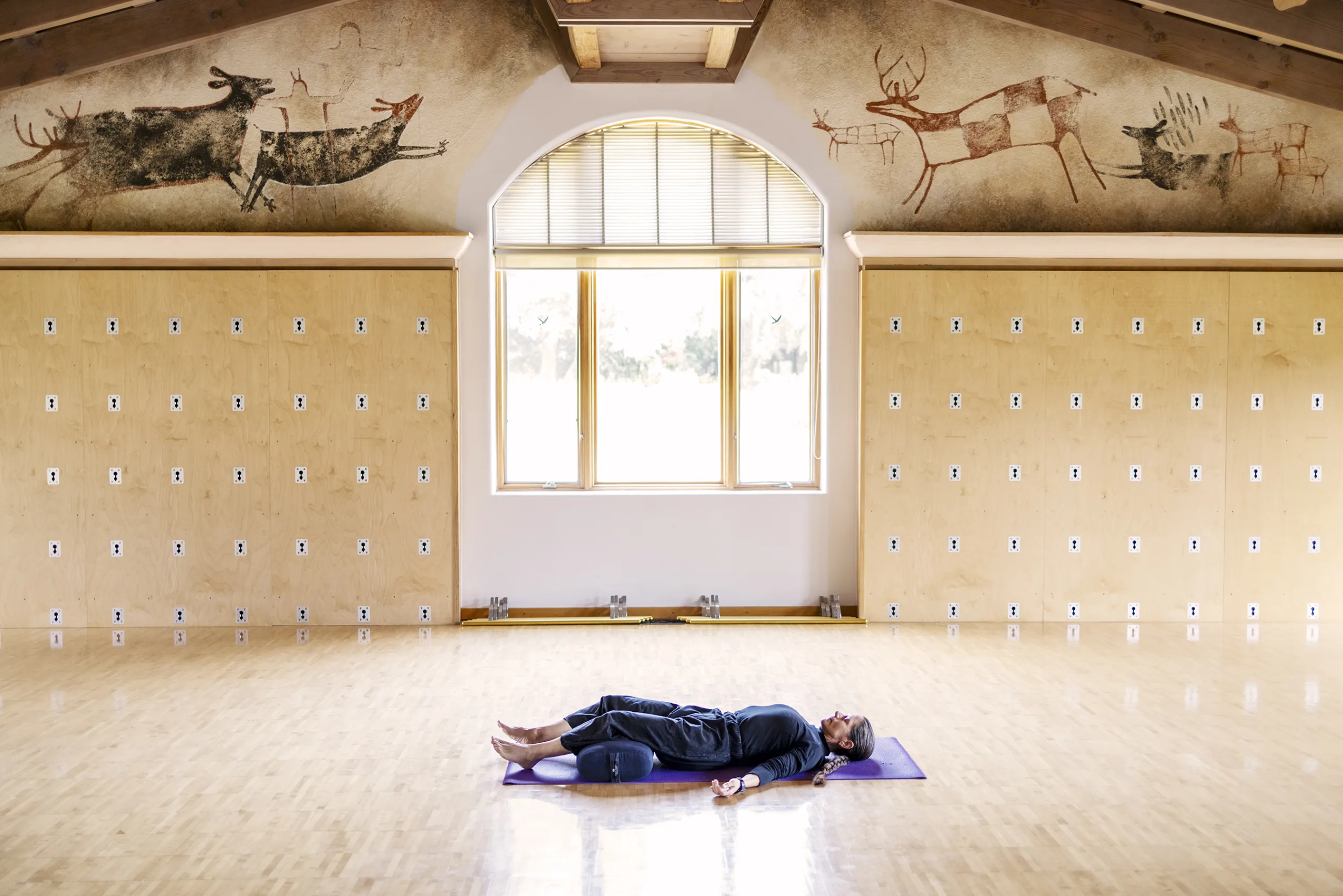6 Key Components to Break the Perfectionist Habit

Perfect videos displaying the perfect life, showcasing perfect and impressive accomplishments of the perfect family, in perfect shape, living in the perfect house with the perfect amount of wit and style. Welcome to our social media and virtual lifestyle dominant culture that has blossomed in the fertile soil of our new post-pandemic reality. Photoshopped, edited, and manufactured images create feelings of inferiority and fuel the epidemic of perfectionism. Life has become more electronic/virtual than ever before. With that has come a severe spike of a host of struggles, including reclusiveness, low mood, binge-watching, binge eating, and yes, you guessed it: the obsessive drive for “perfection.”
We have always had advertising designed to make us feel lacking to feed that desire to invest in the solution. But now, our online movements are tracked so advertisers can target all our areas of need, fear, or concern. The person trying to lose weight is barraged by ads about weight loss. The person interested in redecorating part of their home gets so many ads showing “design porn .” You know that absolutely minimalist room décor designed to make the viewer feel like their home belongs to a hoarder? Eight shirts perfectly pressed on hangars facing the same way when you open a closet door. You know, the way normal human, flawed people live their everyday.
And this psychology of “lacking” is behind every tiny perfectionistic tendency up to full-blown crippling struggles with chronic perfectionism. It’s the drive to show something on the outside that doesn’t give a view of the authentic experience on the inside. The seduction of perfectionism is that it can protect us from human experiences that normally include fears, insecurities, mistakes, uncertainty, and other vulnerabilities. These are normal parts of life that can be very hard to share.
They can be challenging because our families or our cultures taught us that. “Don’t air your dirty laundry .” “Keep a stiff upper lip .” “Never let them see you down.”
But breaking the perfectionist habit is doable! We can see lovely models of authenticity in nature. Perfectionism holds up an ideal and thrives in a highly controlled and static environment that is unnatural. Nature is constantly evolving, changing, and growing to adapt to the changing environment. And we can look to nature for inspiration in just being ourselves. Nature does not “perform” for anyone or anything, yet it is spectacular for its constant imperfect evolution. And that imperfection becomes the perfect way to relax, de-stress and just be.
Since I shared that perfectionism falls on a continuum, I’ll also share that I was on the far end of crippling perfectionism for most of my childhood. The source of my struggle was being relinquished by my first family and spending months in an orphanage. In my own little kid’s mind, I mistakenly thought that being perfect would protect me from being given away again. I thought I would be safe if everyone was very, very happy with me. This, of course, was 100% not based in reality. Still, it was also 100% damaging to my ability to form authentic friendships, my levels of stress, and my overall mental health. But to my system, it felt like a critical survival strategy. And to the outside world, it looked like good stuff: straight A’s, varsity team captain, student government, and getting along with absolutely everyone. All of this was performative in nature and driven by internal terror.
Struggling with severe perfectionism is like being in a personal hell that deprives the sufferer of the joys and pleasures of human connection. Perfectionism can be learned and is typically obsessive in nature. As a 25+ year expert in wellbeing (and trauma recovery) I have worked with many clients whose biggest struggle is to break down the compulsive forces of being performative and perfectionistic rather than displaying their authentic, vulnerable selves. They come to me because they feel lonely (like I did as a child) or confused about why their relationships aren’t as intimate or connective as they want.
Perhaps they realize they are accidentally or inadvertently pushing others away because of perfectionism.
Maybe they come because they have friends who have worked with me to rework responses to these seemingly invisible forces that drive perfectionism. They notice very big changes in their friends. Recovered perfectionists are way more fun to be around. They are relaxed. They make mistakes. They tolerate the humanity of others so very much better because they are way more compassionate with themselves. When the internal abuse of perfectionism dissipates, it is noticeable and enjoyable.
When people come to see me professionally, they come for what is called an “intensive.” A half to full-day intervention built on the most cutting-edge work in non-verbal approaches to reworking neural pathways.
But I am writing here to say that in most cases of perfectionistic struggles, that kind of intervention is not necessary to start the journey of breaking the perfectionist habit!
Whether mild or severe, perfectionism always comes from a fear of being hurt. That hurt can come in many forms. It can be a fear of being found to be defective, unworthy, unlovable or rejected, unsafe or simply unwanted. So the antidote to perfectionism is to paradoxically start to embrace those fears. By stretching that vulnerability muscle and showing true authentic colors, we can begin to chip away at perfectionism.
I have found six key components to counteracting perfectionism.
- We can start by making a list of likes and dislikes. This is the beginning of being able to show up in the world authentically instead of performatively.
- Then by practicing saying “no” to things that are not preferred we start to live in harmony with our true self. Perfectionists typically have a very hard time setting limits, so this is a great place to begin growing capacity for disappointing others.
- The path away from perfectionism also includes getting better at making mistakes.
- This means growing risk tolerance (think self-soothing statements “its going to be ok” “you can get through this”.)
- Increase self-compassion. (“its ok, you tried your best” “no one is perfect” “I am supposed to be human”)
- Even being part of a group committed to authenticity where others are taking risks to be vulnerable and receiving praise for their messes is super helpful and supportive to this journey.
Thanks to the excellent concept of Neuroplasticity (the brain’s ability to grow and change in new, more adaptive ways), we can practice these new ways of showing up in the world and have our brain change to support the behavioral changes we are making. Practice enough, and those neural pathways will change along with you.
A testimony to this truth is that recently during my first time at the Ranch as an Inner Fitness Coach I made daily mistakes in adapting my longer transformation workshops. The participants and I laughed together while I received such grace and compassion in the process. I had adapted material from a weeklong women’s transformation retreat I had been doing for years into my 5, 45-minute inner fitness workshops for the week.
The feedback I received for my many mistakes was an invaluable learning experience. I would have missed this growth and adaptation entirely if I had been in front of the room, acting perfect and well-rehearsed.
I’m looking forward to my next Ranch Inner Fitness Coaching experience this coming winter to grow and commune with other life learners on this very messy and imperfect journey we are all on together.
 Dr. Julie Lopez, or “Dr Julie’s”, relatable style inspires transformation of every type through her speaking, trainings and writings. She is the founder and CEO of Viva Partnership, a mental health inspired healing service offering virtual and in person coaching across 9 states. She is an award-winning entrepreneur and trauma expert, frequently sought by the media for her expertise in trauma, addictions and how to rework the “invisible” aspects of the human experience.
Dr. Julie Lopez, or “Dr Julie’s”, relatable style inspires transformation of every type through her speaking, trainings and writings. She is the founder and CEO of Viva Partnership, a mental health inspired healing service offering virtual and in person coaching across 9 states. She is an award-winning entrepreneur and trauma expert, frequently sought by the media for her expertise in trauma, addictions and how to rework the “invisible” aspects of the human experience.


